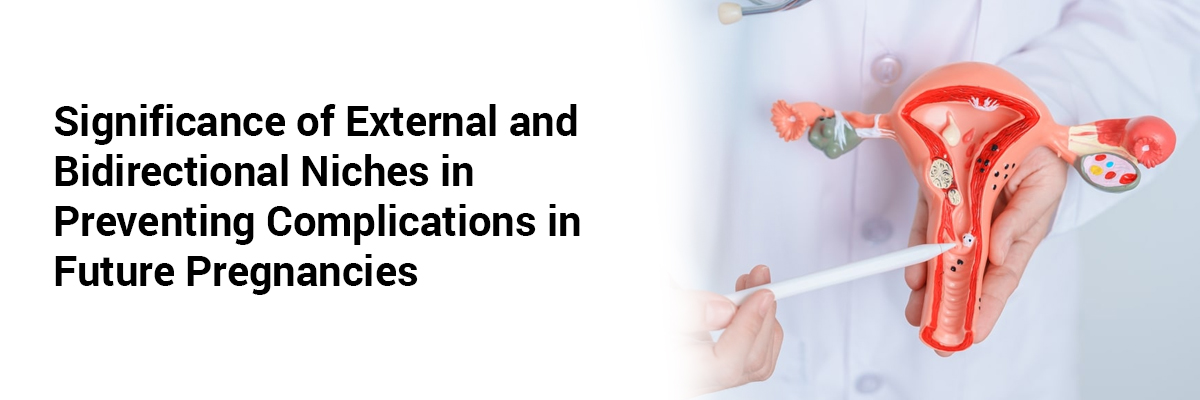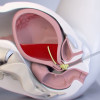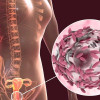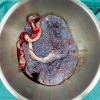
Significance of external and bidirectional niches in preventing complications in future pregnancies
Incomplete wound healing can result in the cesarean scar (CS) niche, which can impact subsequent pregnancies and cause various gynecological issues. Although internal niches have been extensively researched, bidirectional and exterior niches are equally significant.
The researchers of the currents study compared the prevalence and measurements of different types of niches. The study included 200 patients with a history of cesarean delivery (CD) who were undergoing hysterectomy due to abnormal uterine bleeding. They assessed the prevalence, measurements (height, residual myometrial thickness, and adjacent myometrial thickness), and classification of internal, external, and bidirectional niches in hysterectomy specimens, comparing these findings to pre-hysterectomy transvaginal sonography (TVS) reports. While the secondary outcome was to determine the presence of niches in uterine tissue samples relative to the number of previous CDs.
The results demonstrated:
- The study included women with mean age 48.19 years, with 30% having undergone only one CD.
- A total of 83.5% had niches detected via sonography, while 91% had niches identified in uterine tissue samples post-hysterectomy.
- Internal niches were prevalent, with a significant correlation between the presence of niches and the number of previous CDs; 23.3% of patients with one CD exhibited internal niches.
- External niches were found in 4% of the hysterectomy samples but were not detected in the ultrasound reports.
- Key parameters such as residual myometrial thickness (RMT) and adjacent myometrial thickness (AMT) revealed significant differences between the ultrasound and tissue sample findings.
- RMT ranged from 2.8-24 mm (mean 7.68 ± 3.09 mm) in ultrasound reports compared to 0-25 mm (mean 4.28 ± 2.71 mm) in tissue samples.
- AMT ranged from 6-29 mm (mean 17.08 ± 4.53 mm) in ultrasound reports versus 7.5-30 mm (mean 16 ± 5.03 mm) in tissue samples.
Thus, the findings emphasize the significance of considering not just the internal niches but also the external and bidirectional niches. These niches are important as they can decrease residual myometrial thickness and increase complications in future pregnancy. The study also established that niche formation can happen after just one CD.
Source: Tahermanesh K, et al. Cesarean Scar niche: Comparison of Transvaginal Ultrasound Findings and Uterine Tissue Samples after Hysterectomy. American Journal of Obstetrics & Gynecology. 2024. DOI: 10.1016/j.ajog.2024.10.010.














Please login to comment on this article